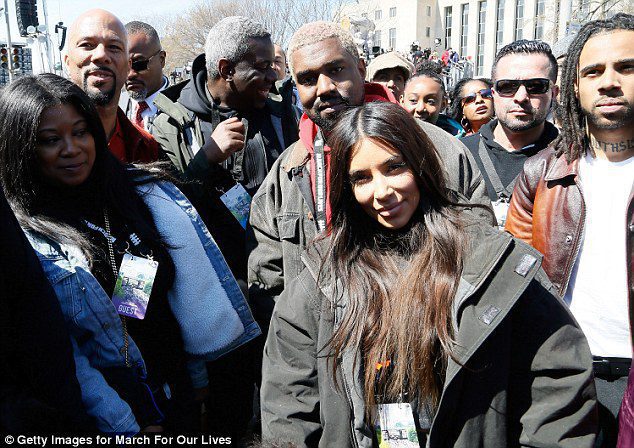
This writer’s first introduction to Gordon Parks was actually a verse in hip-hop artist Common’s song “Dooinit” on his classic 2000 Like Water For Chocolate album, where he raps, “I’m focused like Gordon Parks, when it’s sorta dark.” It wasn’t until a recent visit to the Rhona Hoffman Gallery in Chicago’s west loop that I came to know that the cover art for Like Water For Chocolate was actually a photo taken as part of Park’s 1956 Life Magazine photo-essay, “The Restraints: Open and Hidden.” The irony upon further study, is that while Parks was known for shooting black and white images, the photo “Drinking Fountains” is actually full color.

Park’s 1956 Life Magazine photo-essay was meant to shine a light on the manacles of segregation and the portrait was his “weapon of choice.” The published essay only contained 20 photos, while the rest were thought to have been lost. Then, quite possibly, the universe conspired to make known a box of 70 color transparencies at the bottom of an old storage box wrapped in paper and masking tape, labeled “Segregation Series.” The photos, released by the Gordon Parks Foundation, offer incisive social commentary on the harsh realities of segregation in the South.
While some of Parks’ portraits are poignant and painful slice-of-life images of “Colored Only” department stores and drinking fountains, others point to the psychological damage of internalized oppression. Parks’ photo “Ondria Tanner and Her Grandmother Window-shopping” recalls Kenneth and Mammie Clark’s “Black Doll Experiment,” where in an equal attempt to fight segregation they noted a form of self-hatred in Black children, who consistently associated negative characteristics with Black dolls and positive characteristics with White dolls.

As intriguing as viewing the photos, is the fact that they’re actually available for purchase. One usually thinks Christie’s auction when acquiring iconic works, and while a $5,000 minimum price tag isn’t exactly lunch money, it certainly puts an original Gordon Parks work in realistic view. The Gordon Parks Foundation only allows a set number of photos ever to be released from the negative, and the more scarce the photo gets, the higher it goes in price and value. Even if you aren’t in the market for a new Gordon Parks portrait, you should definitely get your eyes on his incredible work.
“Gordon Parks: A Segregation Story 1956” is on view at the Rhonna Hoffman Gallery located at 118 N. Peoria St. #1A in Chicago until Feb. 20.



















